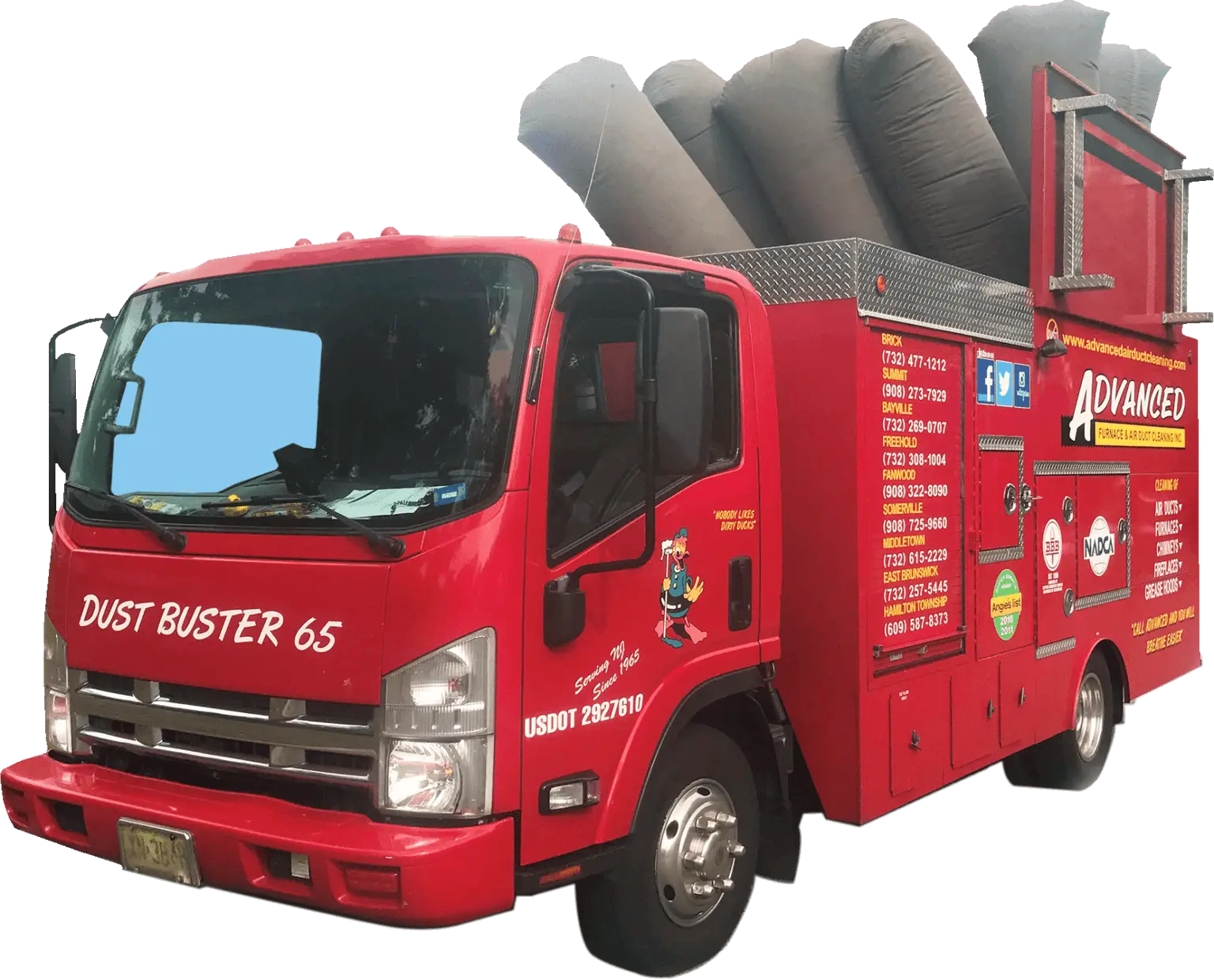Living on the water or by the shore definitely has its perks; beautiful beaches; water sports; gorgeous views; fun with friends and family; boating; and more! However, this also means that you live in an area where the humidity in the air is naturally high. So, what does that mean for you and your home?
Humidity is the amount of water vapor in the air. Water vapor is simply water but in a gaseous state. If you live in an area with high natural humidity, such as the shore or on a large body of water, then mold growth in your home can be a recurring problem.
Mold requires the following conditions to grow in your home:
• Moisture
• Warmth
• Mold Spore
• Oxygen
• A Food Source (i.e. wood, insulation, drywall)
• Darkness
• Time (most molds can begin to grow in 24-48 hours given the right conditions)
MOISTURE is the main ingredient as the other ingredients of mold growth are always present in homes. Therefore, whether mold grows or not comes down to the amount of moisture in your home. Living on or by the water already places your home at a greater risk for mold growth due to the naturally high humidity level.
So your next question should be… How does mold affect my family?
Mold can cause a range of health problems such as; itching eyes; sneezing; coughing; serious allergic reactions; trigger asthma attacks; and even permanent lung damage. In 2004 the Institute of Medicine (IOM) found there was sufficient evidence to link indoor mold exposure to upper respiratory tract infections. According to the Center for Disease Control and Prevention (CDC), recent studies suggest a possible link of early mold exposure to the development of asthma in children, particularly those who are genetically predisposed to asthma development, and that interventions that improve housing conditions can reduce these effects.
Now you wonder… How do I tell if I have mold in my home?
Mold is airborne; therefore, if you can visibly see it on your counters, window sills, bath tubs, walls, vents, etc, then there is a greater chance that you have mold in your ductwork. If you do not see mold, then look for signs of moisture in your home (i.e. damp basements, damp flooring or walls). Another sign is listening to your body and its health. Your nose can be a great detector of mold and you should be leery if your home smells musty or moldy. Also, if you have recently turned on your system and find yourself or a family member sneezing, coughing, and wheezing then you can suspect mold to be the potential cause.
Finally, you should ask… What can I do to protect my family and home from mold?
Mr. May, the author of “My House Is Killing Me: The Home Guide for Families with Allergies and Asthma,” (John Hopkins University, 2001), said that one particularly troublesome hiding place for mold is inside a home’s ductwork and related parts of the central forced-air heating and air-conditioning systems. (New York Times, 2001). The same systems, where mold hides and breeds, are responsible for circulating air throughout your home.
The Environmental and Protection Agency (EPA) suggests that if there is mold growth inside your ductwork or other components of the heating and cooling system that you should have your ducts cleaned. In order to ensure full and proper removal of mold you want to make sure that your whole system is cleaned thoroughly including; removal of any dust and mold in the blower motor and air conditioning coils; cleaning of the ductwork’s interior surfaces; and sanitizing of the entire system.
It is recommended by the EPA that you choose a company who is certified by the National Air Duct Cleaners Association. This will help to guarantee proper and full remediation in keeping your family and home safe from mold.

